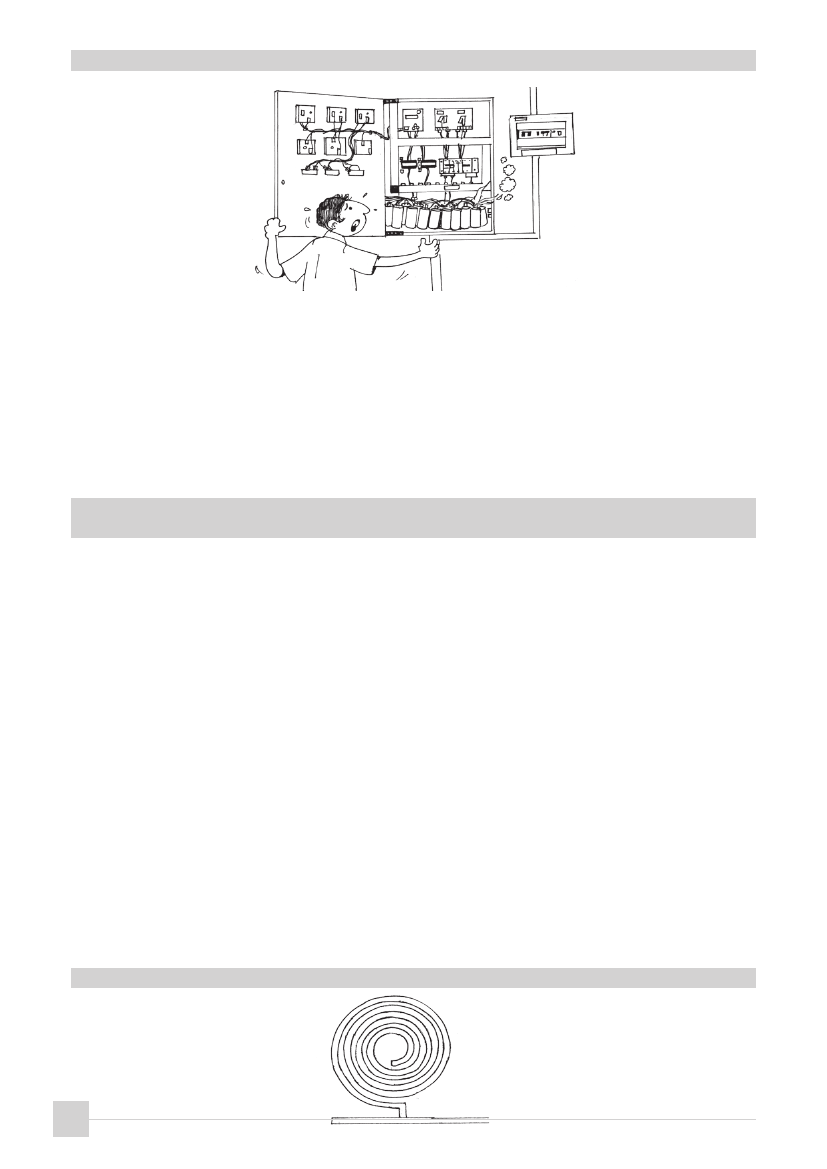
Overheating
However there can be so many types of safety devices, sensors and control devices in a controller -
Induction Generator Controller (IGC)/Electronic Load Controller (ELC) - that vary based on the
manufacturer. Seek information from the suppliers and if there are parts that are repairable by the users
themselves, then repair them as per the given guidelines.
During lightening and thunder, the surge arrestors may get damaged. On such days, the surge arresters
should be checked frequently. They should always be maintained, clean, and in dust and wet free
conditions. As termites and bugs, etc. can damage electrical items, they must be prevented from entering
any electrical or electronic component.
Ballast
The role of the ballast is to drain off excess power and to control and maintain system voltage and
frequency at optimum levels. There are two main types of ballasts - air cooled and water cooled. If there
is a burnt element it can be identified via the ballast volt and current meters. Both readings should be
compared with the initial values under specific load conditions (open valve level). If there is a burnt
element there will be a variation in the readings.
The heating element of air cooled ballasts must be installed in well ventilated areas and kept away from
any flammable items. Generally, the elements are designed for about 20% capacity above the working
capacity (example: A 5 kW rated scheme would have its ballast designed to take upto 6 kW). The ballast
may consist of many heater elements and would emanate some brightness when the system is running to
its full capacity but the load is not connected (when the houses are not supplied with electricity). If one
element is burnt out, it would no longer drain any heat, but the brightness of the other elements would
change. A person familiar with the system can recognise what the working elements are by observing
the colour when system is running but the load is not connected. In general, the lifetime of a brighter
element is short and they quickly burn out. The burnt element should be replaced immediately.
In water cooled ballasts, elements are dipped in a water tank. That tank is filled up with water to a
specific level. A continuous flow of fresh water is maintained without a block, generally taking water
from a separate line from the penstock. The water flows through the tank of the water cooled ballast and
comes out from the tail race. The inlet, outlet and the tank should be opened and cleaned periodically
removing any dirt or scale.
Air Cool Heating Element
20